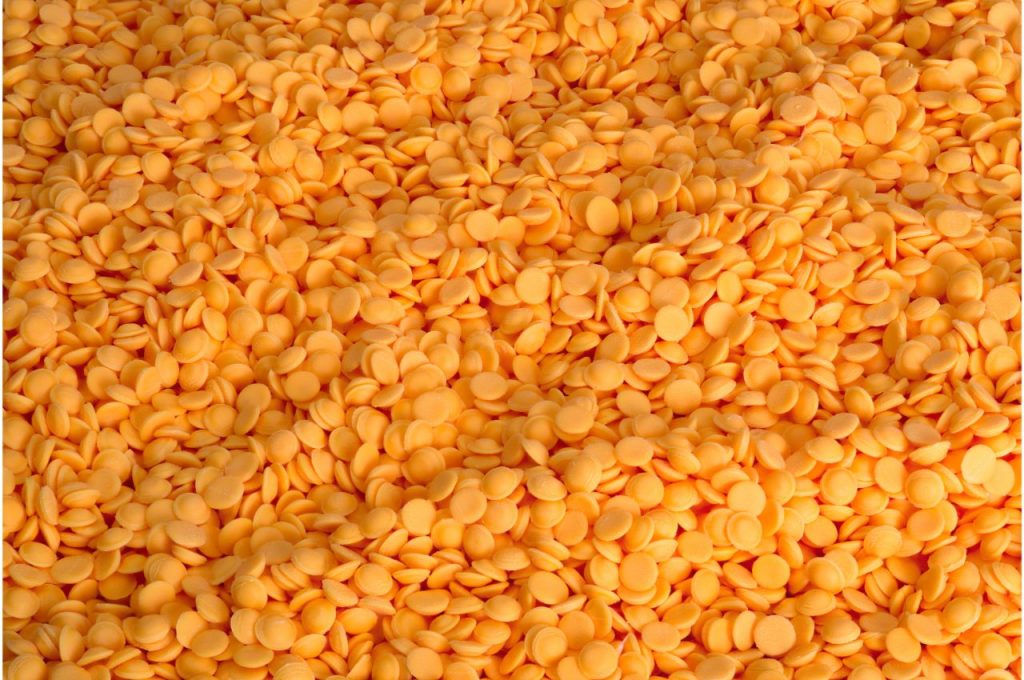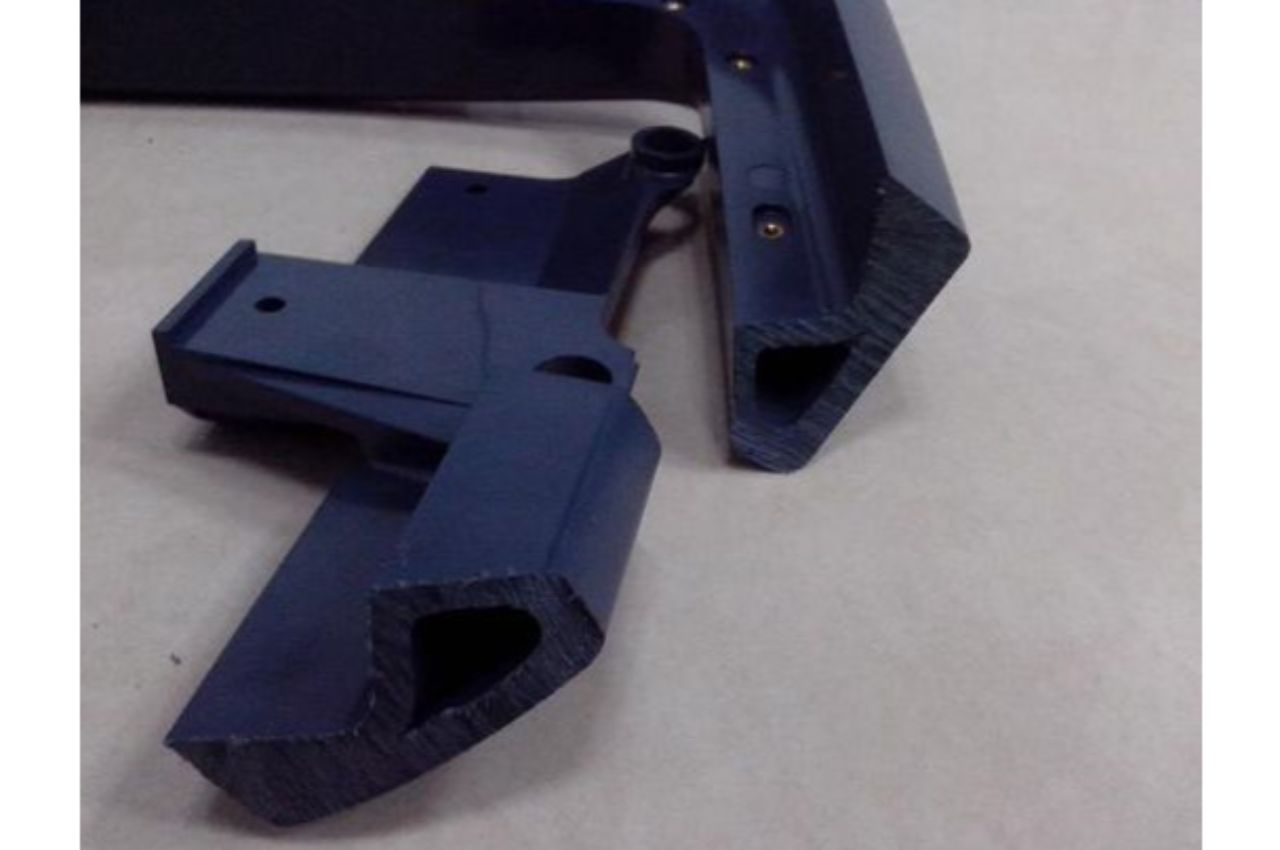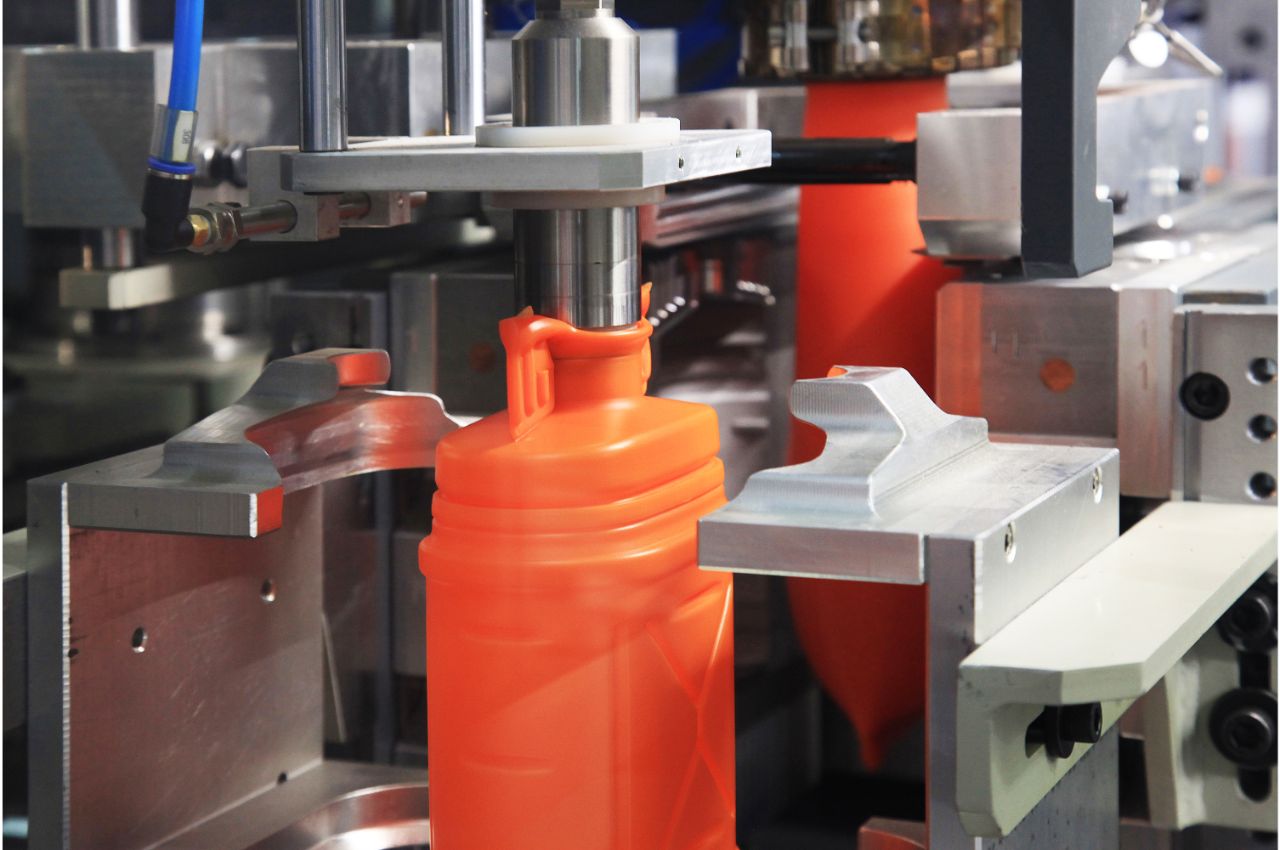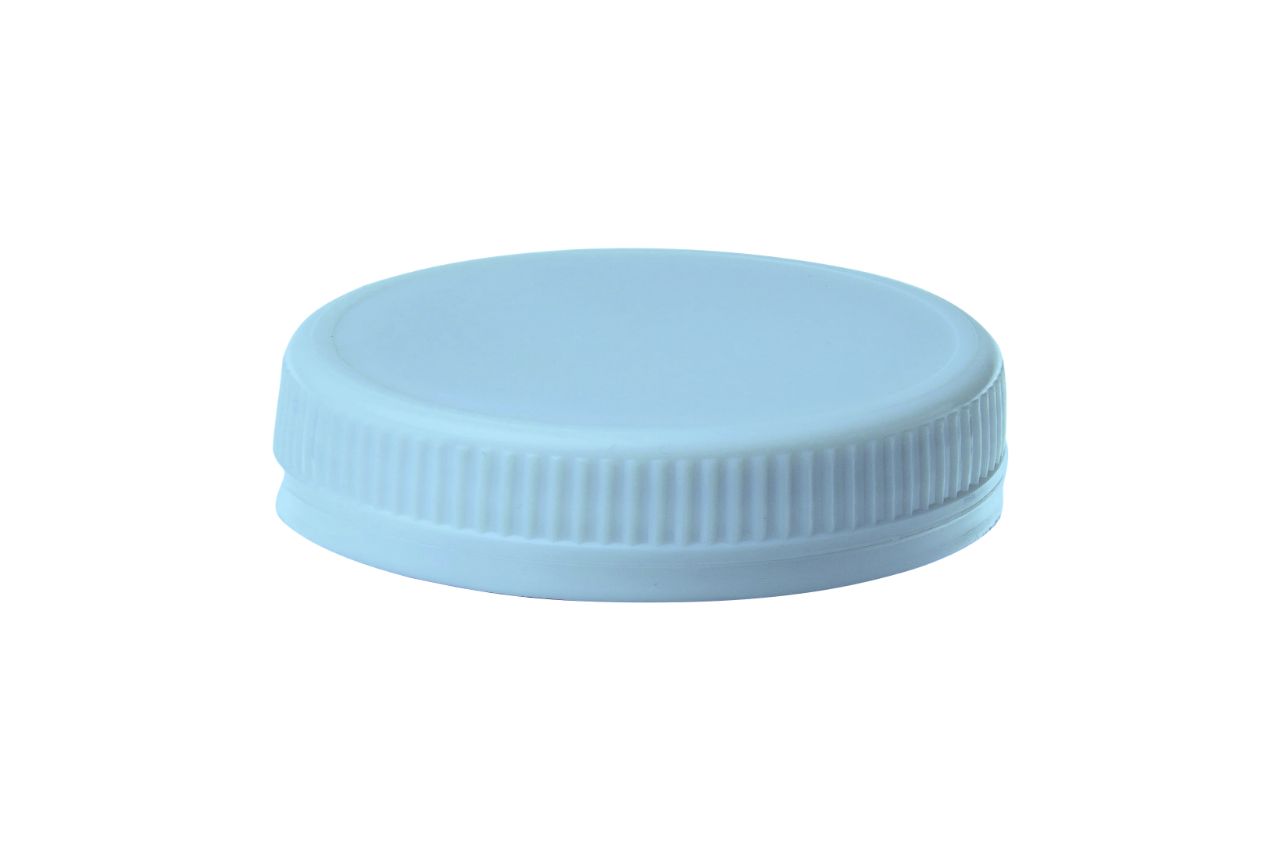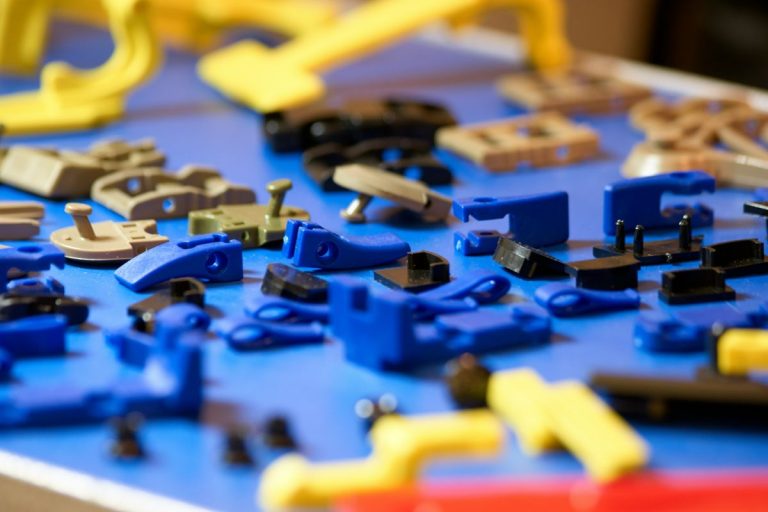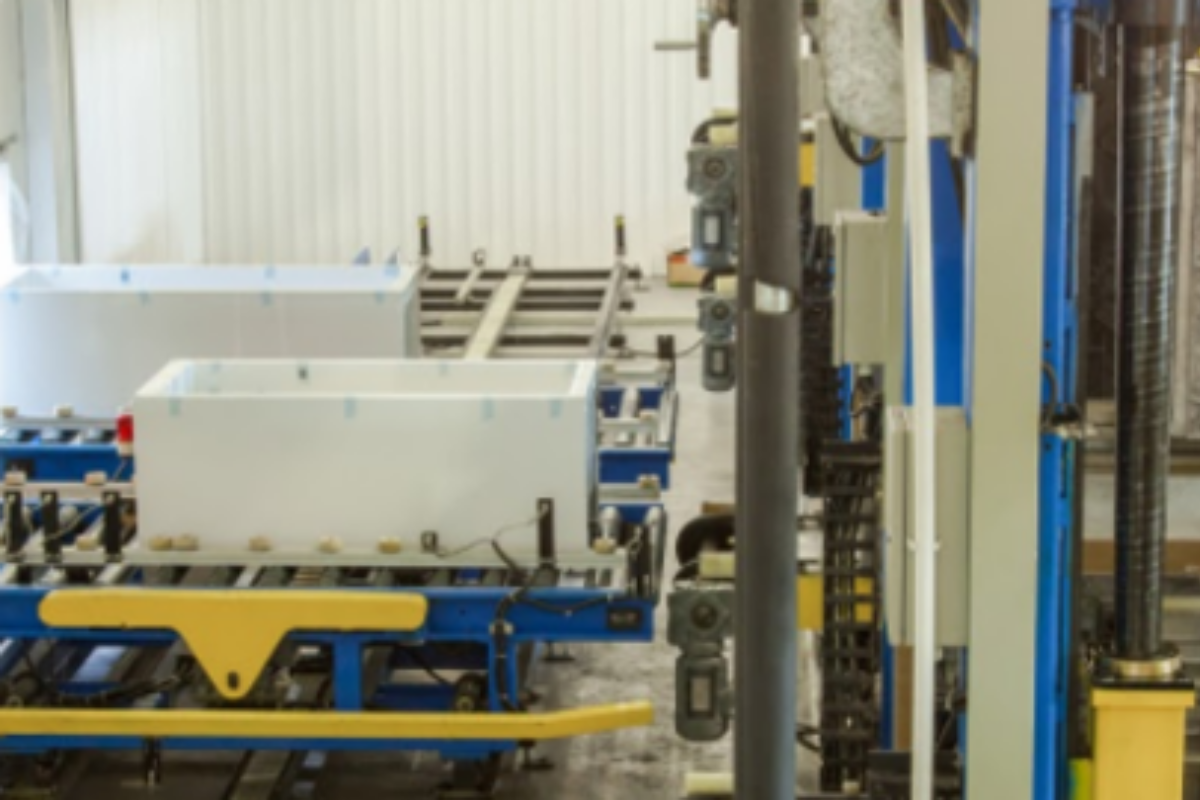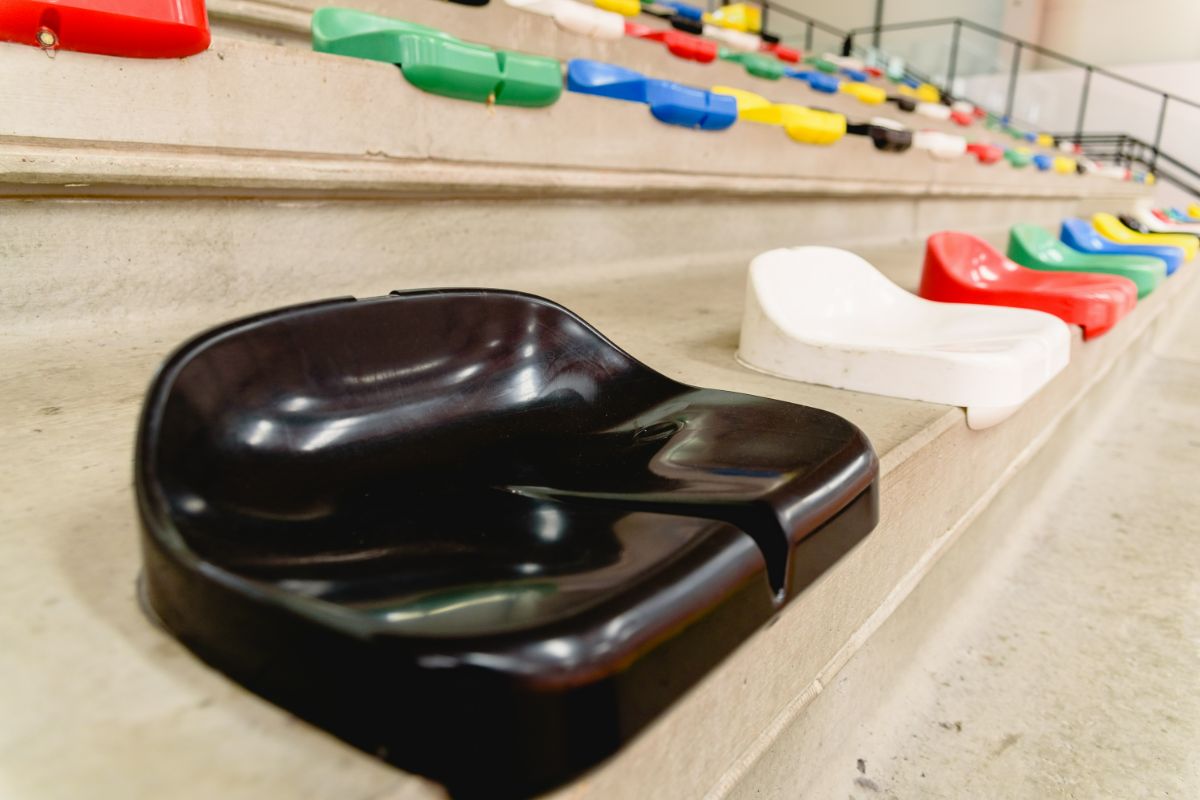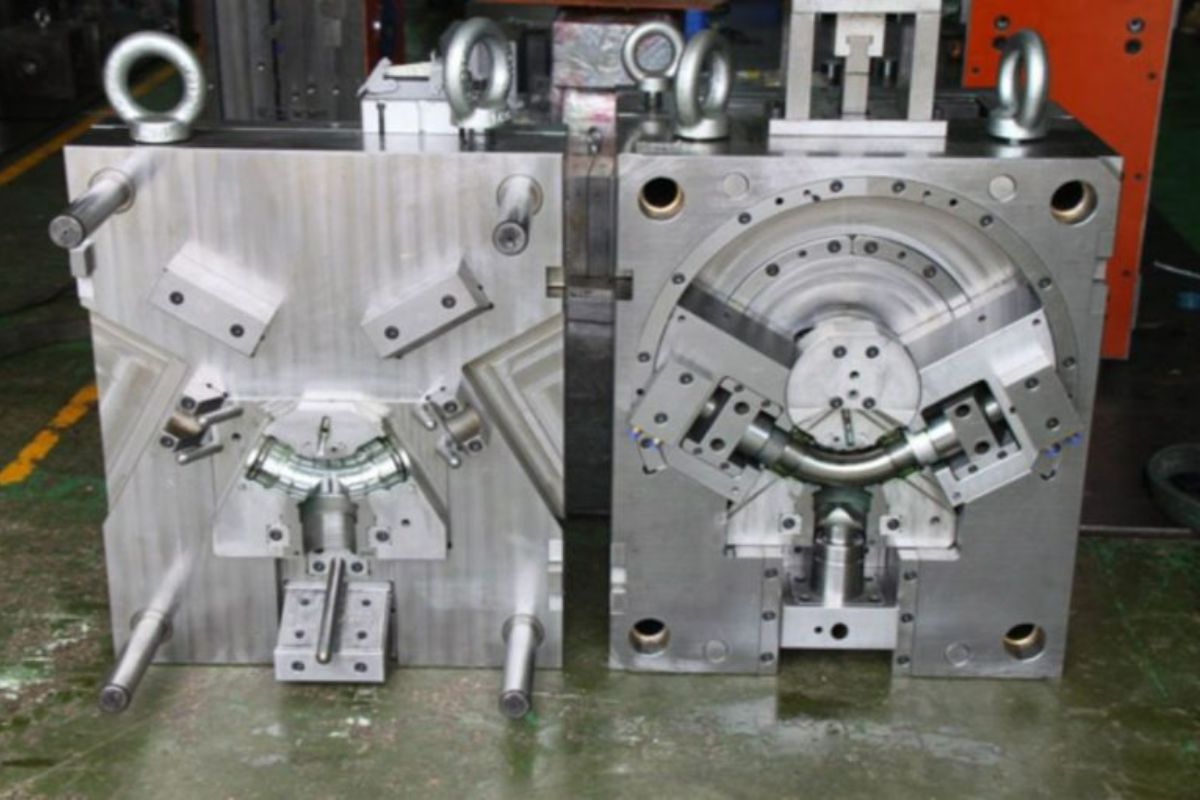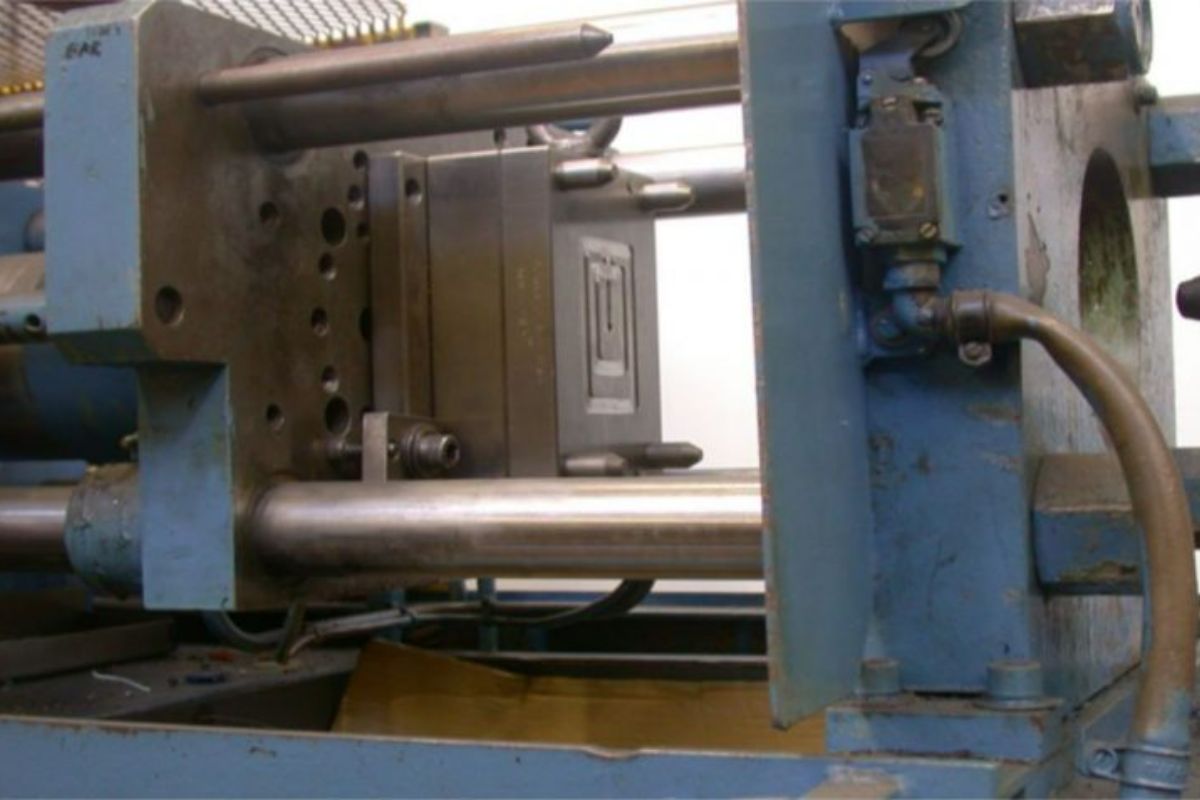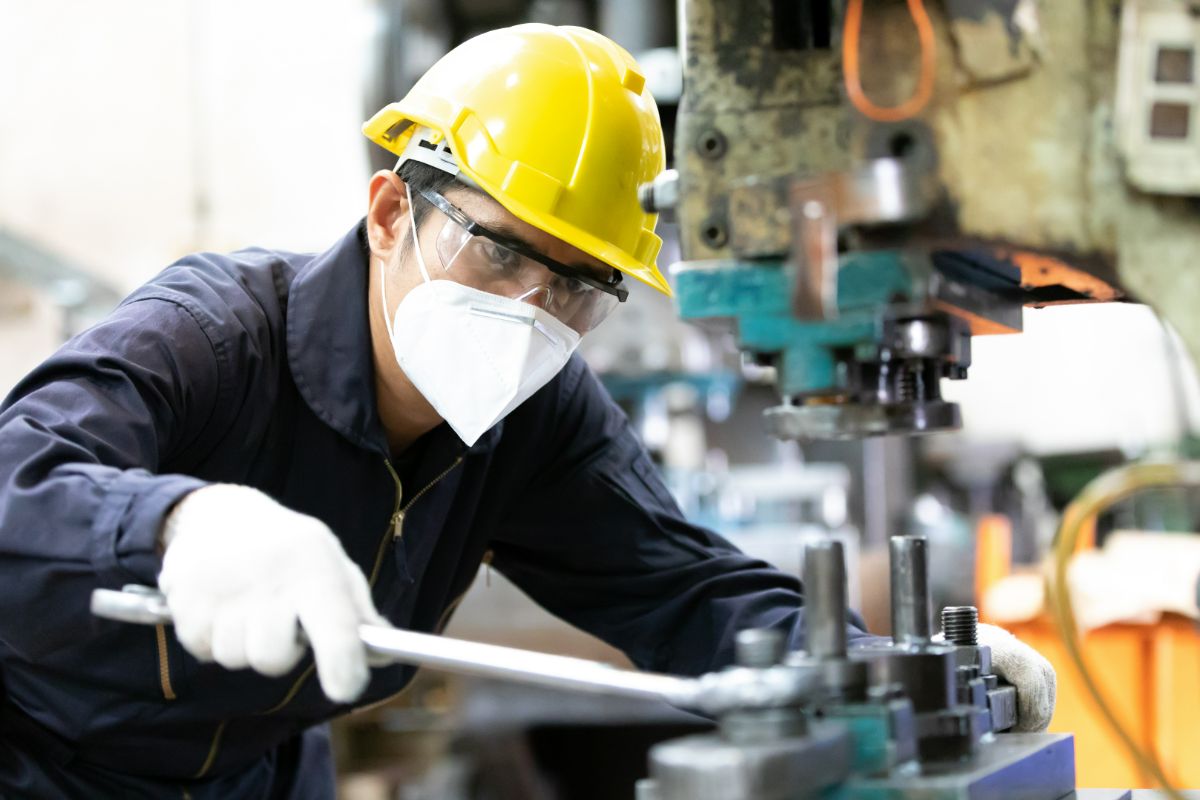What are the advantages of gas assist injection molding?
- High Efficiency
- Smooth Surfaces
- Minimizes Manufacturing Defects
- Less Material Required
- Lightweight
- Improved Dimensional Quality
In plastic injection molding, the precision of the operation and the quality of the product are two priorities that manufacturers have. Gas-assisted molding is a process that greatly improves the overall quality of any molded plastic product done under this method. The many advantages of gas assist injection molding can be found in the efficiency of the process, quality, durability, and design of the material.
What is gas assist injection molding?
As the name suggests, gas assist injection molding involves the use of a gas to provide assistance to the injection molding process.
As the resin or the pellets are continually heated and conveyed into the mold with the help of runners, gates, and the sprue, a low-pressure nitrogen gas is injected through a small tunnel. This helps the resin to more accurately follow the shape of the mold, creating higher-precision parts and improving the quality for thick, as well as ribbed sections.
High Efficiency
In the typical injection molding process, there is no gas channel to transmit a low-pressure nitrogen fluid. This means that the process may take a much longer time because there is no component that is speeding up the flow of the resin into the mold. Due to the absence of this component, the material can be prone to warping and greater internal stress.
With gas-assist, however, internal stresses are greatly reduced in the resin, resulting in a faster and freer-flowing material. Combined with a well-maintained mold cavity, any product resulting from gas-assisted injection molding will easily be of higher quality compared to the alternative.
Smooth Surfaces
Gas assist injection molding also creates far smoother surfaces to achieve the desired design. After the plastic product has already been ejected from the machine, it can already be fit for market distribution with very little modifications or secondary processes required.
With a smoother finish, manufacturers don’t have to make adjustments to the machine — i.e. reducing pressure, temperature, or even the location of the gates. This is because gas assisting can already correct many of the defects that may result on the surface of the plastic. Smoother surfaces offer a more aesthetically-appealing and seamless design.
Minimizes Manufacturing Defects
There are many common types of injection molding defects — from something as minor as flow lines and discoloration, to something as complex as distortion and warping.
To prevent these defects from taking place, injection molding equipment operators have to undertake a series of changes on the machine. For example, they may want to come up with another mold design, increase/reduce pressure and temperature, or even use a different resin altogether.
Gas assist provides a reliable and all-around solution to these defects. As said before, the low-pressure nitrogen gas is constantly and evenly transmitted to the molten resin. It allows the material to be tightly pushed and compact itself onto the walls of the mold cavity. The result — a high-quality product that’s free from stresses and takes the intended design and shape of the manufacturer.
Less Material Required
Depending on the type of resin used, injection molding pellets can cost for as much as $5 USD per kilogram. This, along with the cost of procurement and maintaining the components of the injection molding machine are already expensive alone.
Knowing this, manufacturers make use of gas assist when they want a lower volume of material to be used. This creates cost-beneficial outcomes for both the manufacturer and the end-user.
Using less material can help them store extra resin pellets for future use without sacrificing the quality. When a customer wants a prototype to be done, on the other hand, they could practically request the more cost-friendly and affordable gas assist process.
Lightweight
Plastic has been a favored material for many industries due to its lightweight properties. With the right tools and machine at hand, it’s possible to come up with acrylic, HDPE, polyethylene, or even polytetrafluoroethylene injection-molded products that are less dense than the average material, but can still be used in practical applications.
Like the resins above, materials that have been subject to gas assist injection molding are far lighter in weight in comparison with the traditional injection molding process. The main consideration for this, is that the process takes up less space and material, resulting in a sturdier and more durable product that is not too cumbersome.
Improved Dimensional Quality
The process of installing multiple or singular gas channels in a single plastic injection molding machine is nothing new. In fact, gas assist is widely used in manufacturing specialty products — particularly those that have unique dimension designs and patterns.
Ribbed plastic products, as they’re called, are the result of a finely-tuned gas assist injection molding technique. This process is the most efficient choice for producing these stylized materials because of the improved dimensional accuracy and quality that it provides. You’ll oftentimes find everyday materials like bottle caps, water drums, containers, and many more.
Key Takeaway
Several advantages of gas assist injection molding include the following: better dimensional quality, improved efficiency, less material, lighter product weight, smooth surfaces, and less warping.
For both manufacturers and end-users, the gas assist injection molding technique offers them several benefits. Before making a decision on whether or not the gas assist process is the right one for you, determine your product requirements and considerations such as manufacturing and procurement cost, components required, quality of the material, and the like.
